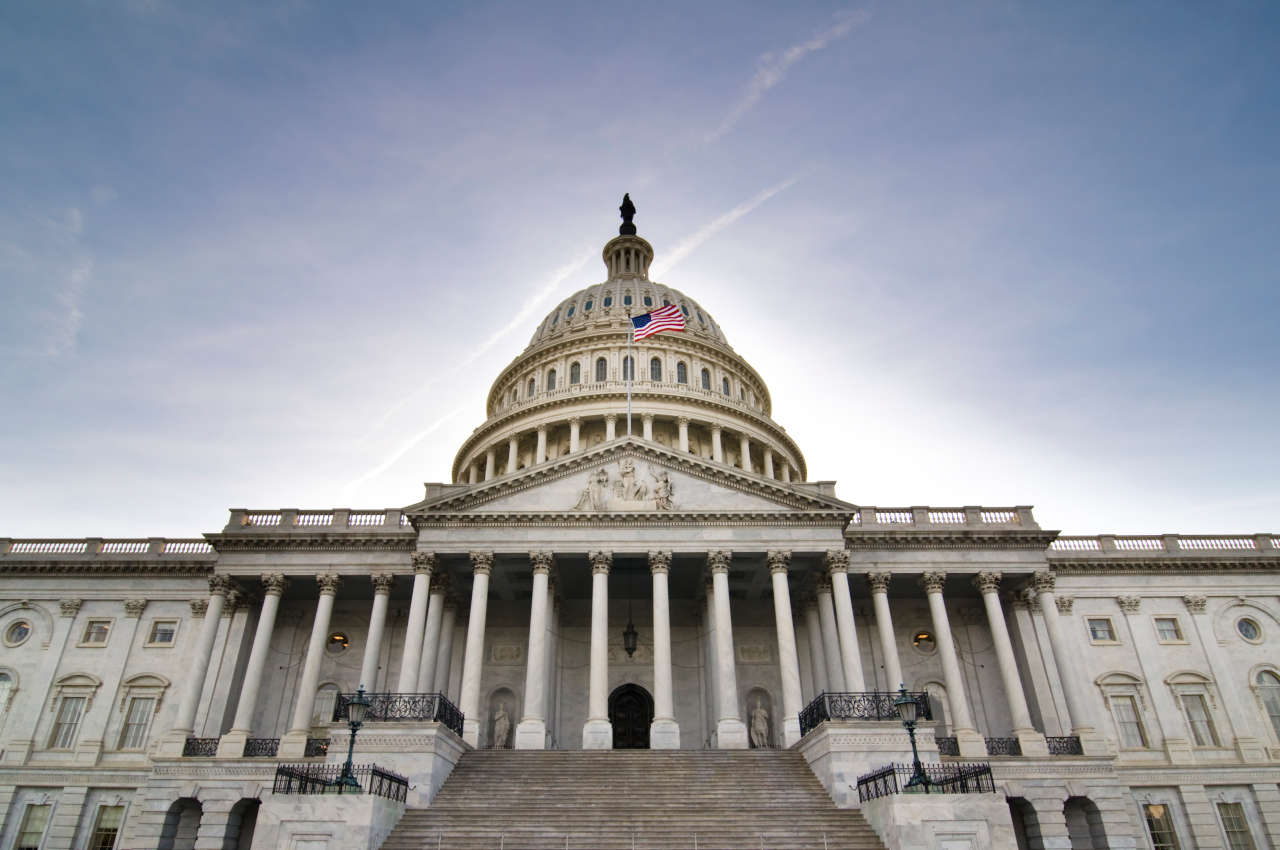CARES Act Stimulus Funds and Grants: What K-12 Districts Need to Know
Thanks to the CARES Act, $16.5 billion is set to go directly to state and local education agencies. Here's what that means to K-12 school districts.

In a time when unity is particularly important, Congress reached a bipartisan agreement to pass a $2.2 trillion dollar stimulus package. The aim is to pump funds to citizens as well as agencies that are providing essential services during the COVID-19 pandemic. In this historic funding package (known as the CARES Act), $16.5 billion is set to go directly to state and local education agencies.
The Breakdown of Funding for K-12 Education
Through the CARES Act, Congress has allocated $13.5 billion to K-12 education virtual offerings alone. To put this in perspective, the Every Student Succeeds Act (ESSA) currently allocates $1.21 billion in technology dollars (Title IV-A) for the entire country. In a state-by-state estimate provided by the United States Department of Education (USDE), the largest states in America are set to get more than $1 billion, which will provide a major funding increase for remote learning and education technology services. (Click here for the list of state-by-state estimates.)
The stimulus formula grants to states will be based on the same proportion that each state receives under ESSA Title-IA. States will then distribute 90% of funds to local educational agencies (LEAs) based on their proportional allocation of ESEA Title I-A funds. State Education Agencies (SEAs) are allowed to take 10% of the funding for emergency needs, which will be determined by each state.
The requirements for how the funds are to be spent do not specify how much can be used for devices, curriculum, or connectivity. The idea is that districts can allocate these funds to provide maximum equity for their students—which will look different for every district.
Along with the $13.5 billion, the CARES Act also provides $3 billion for governors to allocate emergency support grants at their discretion to local educational agencies and institutions of higher education that have been most significantly impacted by COVID-19.
Other Flexibility
Along with additional funding, the legislation also gives local education agencies (LEAs) the ability to request waivers for specific provisions under Title IV-A of ESSA. This includes the ability to waive the requirement for a needs assessment to be conducted for any amount received over $30,000 (Section 4106(D)) There is also a waiver on the cap of the use of 15% on technology for any LEA receiving $30,000 or more (Section 4109(b)).
These waivers allow school districts to utilize Title IV-A funds at their discretion with fewer restrictions during this transition to distance learning. If a district has not yet used all Title IV-A dollars, those may certainly be used towards making the transition to remote learning as well.
Tools and ideas to transform education. Sign up below.
Moving Forward
Now that district leaders are starting to learn what their funding allocations will look like, they’re working on prioritizing and planning how they will use these dollars. The stimulus bill was passed just recently, so the USDE will now issue an application and will likely provide guidance as well.
These are unprecedented times, and since the aim is to get the funds to the districts quickly, the process may look different than it has for other formula grants. The USDE has said that once they receive an application for stimulus funds, the plan must be approved within four weeks.
Many advocates argue that this funding is a good first step, but that it’s not enough. Congress is already talking about a “Phase Four,” and it appears that, once again, House leadership, Senate leadership, and the President are all in agreement that broadband and infrastructure should be high priorities. Some sources are saying that a vote on this package could take place as early as April 20.
Education leaders have been calling for a focus on connecting every student—either through the Federal Communications Commission’s E-Rate program or through additional funding. Congress appears to be listening to these leaders, and there will likely be additional funding and flexibilities with the next phase of funding.
Check back for updates as more information on the timeline becomes available from the USDE, in addition to updates from Congress on additional funding.
Dr. Kecia Ray is president of K20Connect and the former CTO of Metropolitan Nashville Public Schools, where she oversaw the design, implementation, and evaluation of instructional technology programs including instructional design for online and blended learning environments and library services. Dr. Ray is a member of the International Society for Technology in Education (ISTE), where she served as Chair of the ISTE Board of Directors from 2012 until January 2017.
Susan Gentz is vice president of K20Connect and comes from a strong policy background as a former staffer in the U.S. Senate and Legislative Aide in the Iowa House of Representatives. Along with experience at both federal and state levels, she served as the Deputy Executive Director for the Center for Digital Education, worked for a government relations firm in Arlington, VA, and heavily worked on federal and state education policy at iNACOL, where she wrote published reports to move the field forward with innovative learning models, best practices, and policy recommendations.
